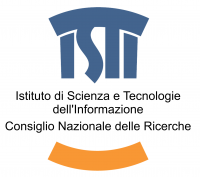Jason T. Herrmann, Matthias Lang, Maurizio Forte
While it is now common practice for archaeologists to derive information from a variety of digital sources to approach a single archaeological question, new technologies and new data types exacerbate old problems in multi-dimensional analysis and visualization. These problems are both methodological and theoretical. Typical problems include, how one merges various data types, and, how one reconciles differences in scale and dimension. The range of solutions to these problems is as varied and fluid as the tools and data available and in a constant state of change. The dynamic state of data integration is driven primarily by 1) the availability ever more powerful hardware and software for data processing and display and 2) the introduction of data recording methods, both specialized and informal. Miniaturization of hardware and the continual improvement and development of both proprietary and Open Access software offer increasingly varied solutions for data management and data fusion. Meanwhile, new instruments for measuring the physical properties of materials and environments are becoming part of the archaeologists’ toolkit and old instruments, such as non-metric cameras, are being repurposed to generate valuable data.
This session invites presentations that are case studies that demonstrate successful integration of multi-format and multi-scale data in three dimensions. Session presentations will serve as a springboard for discussion of the theory and practice behind managing and displaying 3D data from sources as disparate as historic documentation, remote sensing, and archaeological recovery. We encourage submissions that use formal processes and ad-hoc workarounds to illustrate or address the following questions: How do we make comparisons across datasets that are fundamentally different in measurement and scale? How do we quantify and present the loss of precision or resolution in data fusion across physical, spatial and temporal dimensions? How do we manage data from an expanding suite of sources to effectively integrate data from old techniques with data from the latest tools?


